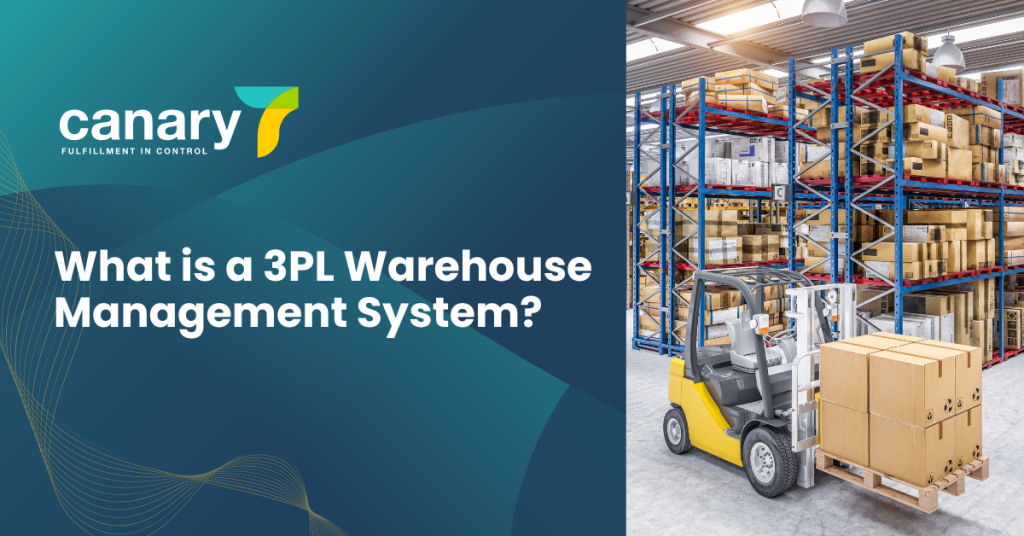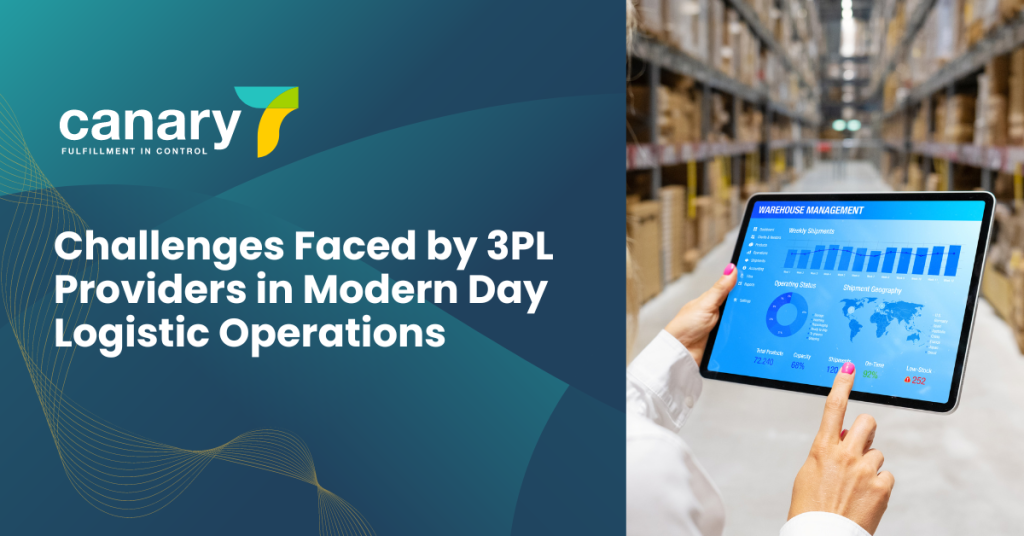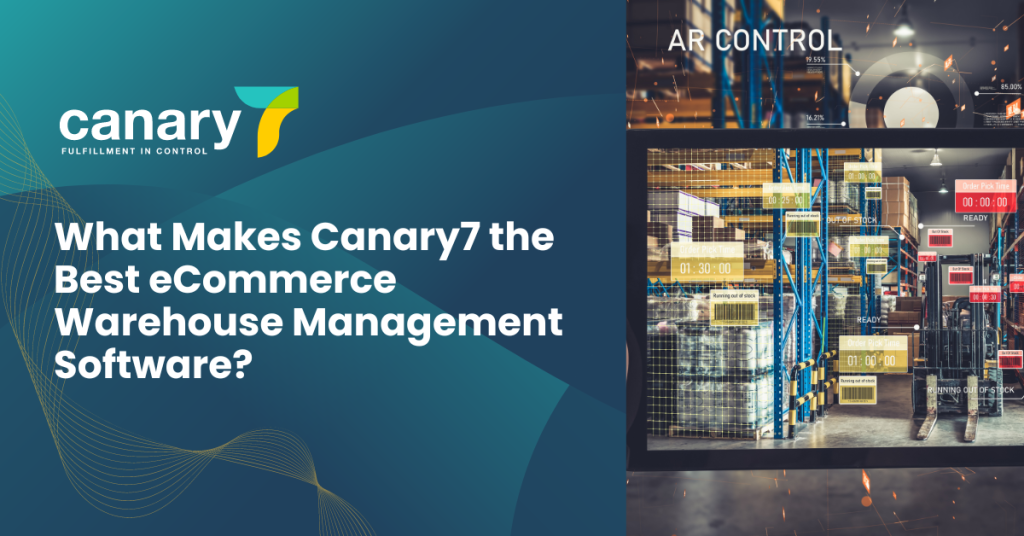When it comes to addressing unique business challenges, it’s worth considering implementing a custom 3PL warehouse management system. Here’s why:
1. Tailored Functionality: Custom solutions imply that your business needs dictate the future features of your product — from basic functions to the application design. That means you will operate with a one-of-a-kind product where each component meets your unique workflow requirements.
2. Cost-efficiency: Despite relatively high initial development costs, a custom 3PL WMS can be more cost-effective in the long run. For examples a food and beverage distribution software will be highly tailored for the food industry which allows one to prevent spending on unnecessary features.
3. Workflow Optimization: The best ecommerce warehouse management software allows for custom solutions streamline warehouse operations by integrating tailored functionalities. Optimization of warehouse control systems enhances inventory management, order fulfilment, and logistics, thus increasing productivity.
4. Real-time Data Insights: A Custom WMS provides comprehensive and real-time visibility into warehouse operations. Customized analytics and reporting tools offer actionable insights, enabling informed decision-making for efficient resource allocation.
5. Accessibility, Scalability and Flexibility: A WMS is an always online software, making it accessible from anywhere in the world. The customization options also permit adjustments to internal workflows. It makes sure the system is always up-to-date with business requirements and technology developments.
Top Features of a 3PL Warehouse Management System in 2024
1. Inventory Control: With features like stock levels, transit tracking, and reordering, a 3PL WMS allows you to distribute goods efficiently and maintain optimal stock levels while reducing costs.
2. Order Fulfilment: Order fulfilment is the process of generating pick lists, invoices, and tracking shipments. A 3PL warehouse management system along with a warehouse control system automates all of these steps, and with additional features like barcode scanning, automated packing, etc., you can be sure that your orders will be processed quickly and accurately.
3. Analytics and Reporting: A warehouse management and warehouse control system gives you real-time visibility into your warehouse’s performance, so you can quickly troubleshoot any problems that arise. The system uses advanced analytics to create reports to help you make better business decisions.
4. Barcode Scanning and RFID: Automated and accurate data capture for efficient inventory management and tracking through warehouse control systems.
5. Seamless Integration Capabilities: The best eCommerce Warehouse Management Software integrates seamlessly with your existing systems, such as ERP, accounting, or e-commerce, so you don’t have to manually enter data. This reduces mistakes and enhances your data quality.
What Makes Canary7 the Best eCommerce Warehouse Management Software?




